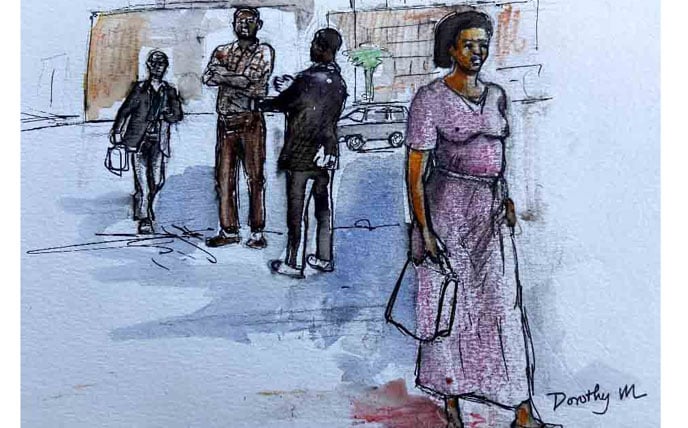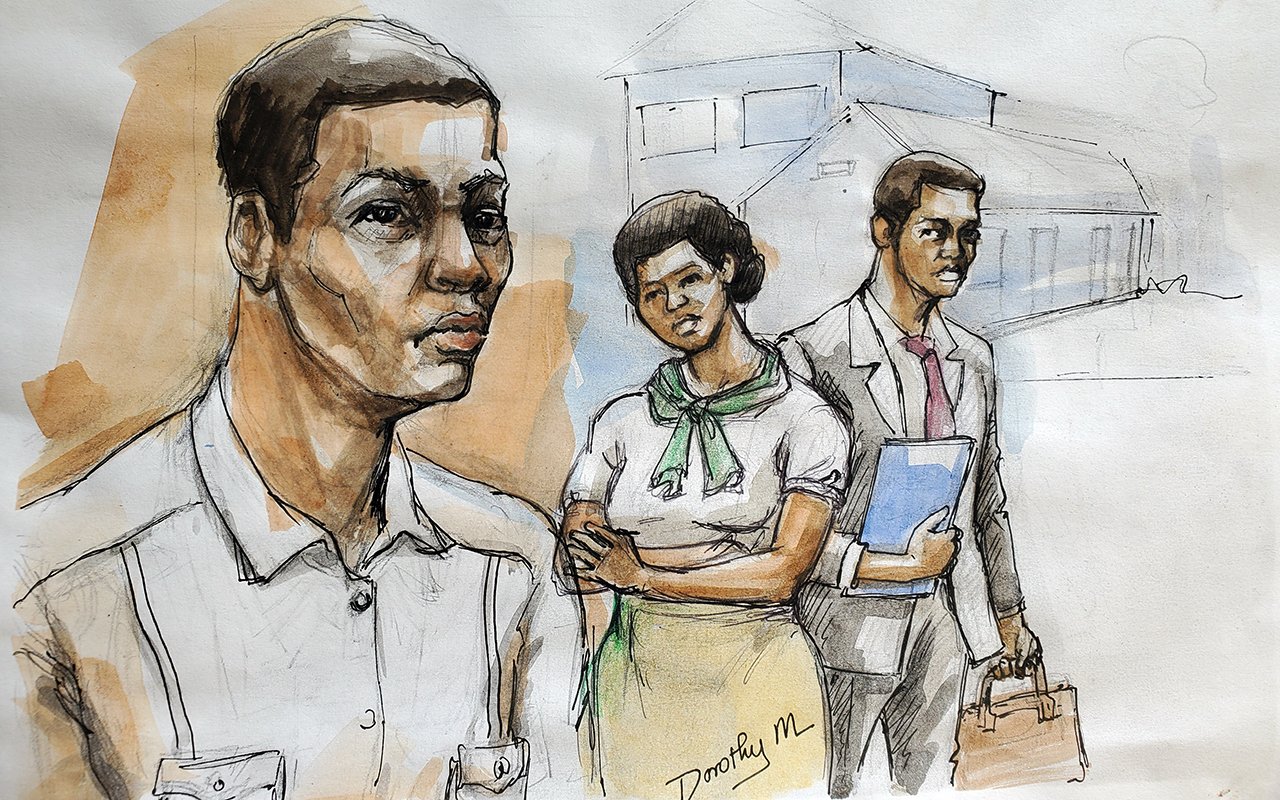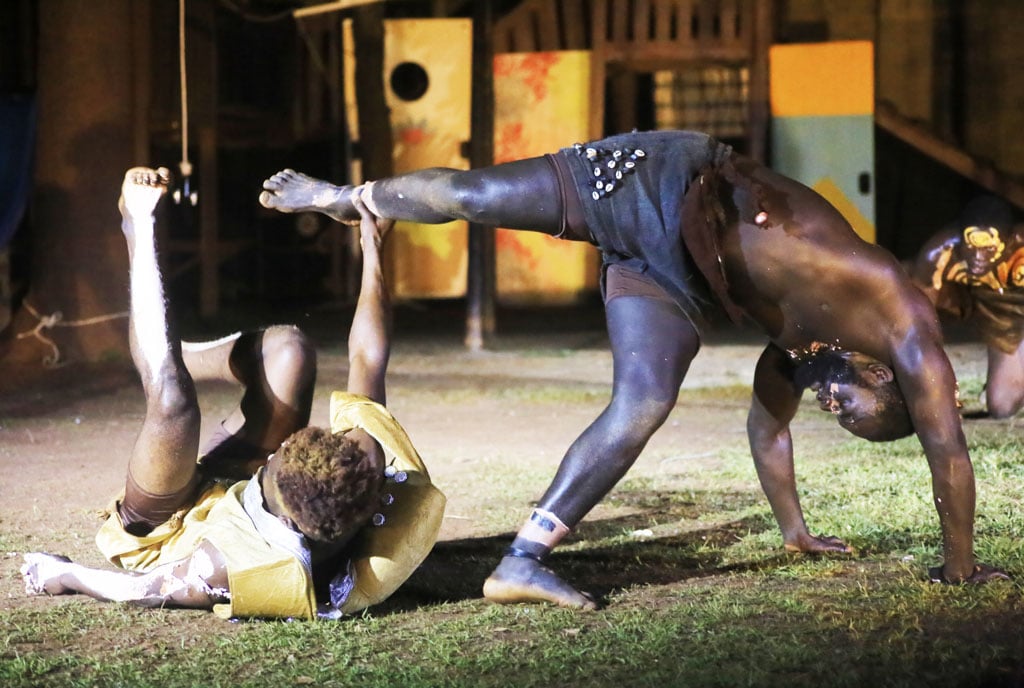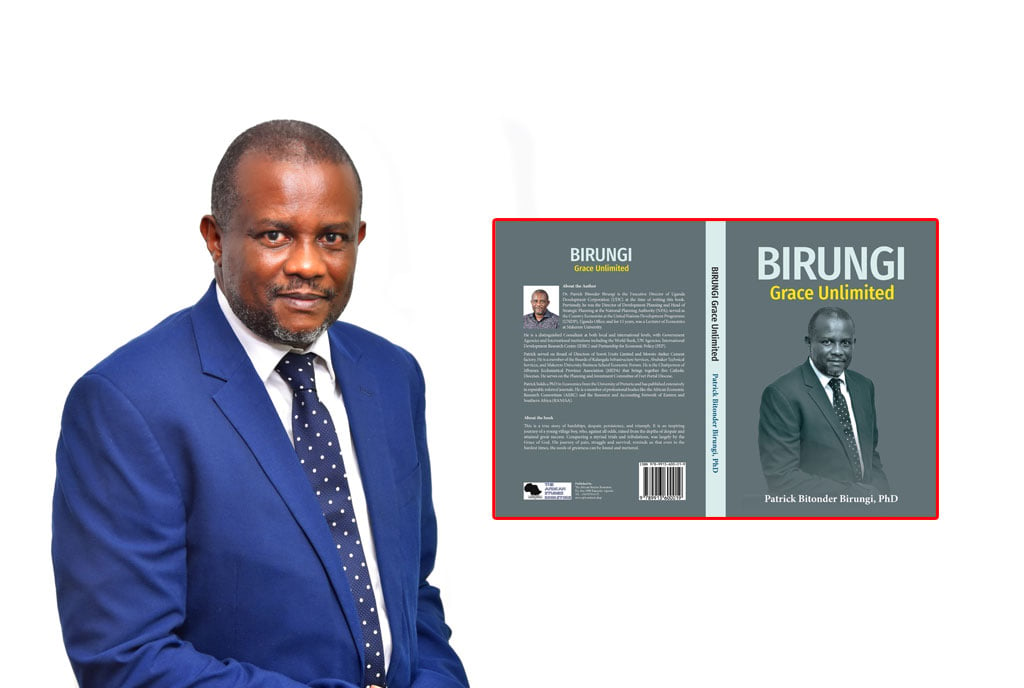
In the absence of any evidence that she underwent excruciating pain before her death, but which could not be ruled out, court gave a minimum award in terms of costs.
The mother of a 17-year-old schoolgirl who died after taking an anti-malarial drug, Halfan, sued the pharmacy which dispensed the drug to her daughter.
A postmortem examination performed by a pathologist on the deceased girl failed to establish the cause of death but the report stated that idiosyncratic reaction to the drug, Halfan, could not be ruled out and was, therefore, suspected. This reaction to the drug, if it did indeed occurred, is a rare one which cannot be foreseen or predicted.
The particulars of the negligence were that the pharmacist who dispensed the drug in question had occasioned medical negligence when he failed and /or neglected to use reasonable care, skill and diligence in the manner in which he handled the deceased resulting into her death.
The owner of the pharmacy was accused of allowing his pharmacy to engage in curative and diagnostic services knowing well that a licensed pharmacy is not allowed to engage in such services.
Court defined professional negligence as a marked departure from the normal standard of conduct of the man of ordinary skill. To court a health care provider is not guilty of negligence if he has acted in accordance with a practice accepted by a responsible body of medical men skilled in that particular practice.
A health care practitioner can be held guilty of medical negligence when he falls short of the standard of reasonable medical care and not because in a matter of opinion he made an error of judgment.
For negligence to arise there must have been a breach of duty and the breach of duty must have been the direct or proximate cause of the loss, injury or damage. By proximate is meant a cause which is a natural and continuous chain unbroken by any intervening event, which produces the injury complained of and without which that injury would not have occurred. The breach of duty is one equal to the level of a reasonable and competent health worker.
The proof needed
For the pharmacy to be held liable for negligence, it needed to be proved that there was a usual and normal practice that the health care provider did not adopt but instead adopted a practice that no professional or ordinarily skilled person would have taken.
In an earlier case it had been ruled that in the realm of diagnosis and treatment there is ample scope for genuine difference of opinion and one man clearly is not negligent merely because his conclusion differs from other men.
The true test for establishing negligence in diagnosis or treatment on part of the health worker is whether he has been proved guilty of such failure that no health worker of ordinary skill will be guilty of.
Court was guided in this case by the findings of the Medical Board to which the case had been earlier referred to.
The Board had concluded that the complaint brought before it against the pharmacy had merit; that the pharmacist had failed to take proper history of the patient leading to improper diagnosis and inappropriate prescription of the drug Halfan. The Board also found that the pharmacist held himself out as a medical practitioner and engaged in diagnostic and curative services.
The observation that he was not frank and honest with the Board gave a negative impression of him. Court upheld the decision of the Board after a judicial review. There was no evidence that the proceedings of the judicial review were appealed against.
Proof in any civil proceedings is on a balance of probability. Weighing the evidence submitted by both parties in this matter, to court the conclusion that the pharmacy was negligent was irresistible.
It was not clear to court how long it took the deceased girl to pass on after retiring to sleep.
What was clear to court was that no symptoms of pain where exhibited by the deceased when she retired to sleep. There was evidence that she performed the household chores that evening and even prepared supper and watched television. In the absence of any evidence that she underwent excruciating pain before her death, but which could not be ruled out, court gave a minimum award in terms of costs.
Legitimate Expectations
Court was guided by two previous cases that established the generally accepted principle that very nominal damages would be awarded for suffering if death follows immediately.
The mother of the girl had asked court to award her damages for the loss of a daughter who was a bright child with a promising future.
She also asked court to consider the care her daughter would have offered her in her old age and the mental and emotional distress she suffered. To court there was evidence that the deceased was, indeed, a bright child with a promising future going by the academic papers filed. Court awarded an amount that it considered reasonable for loss of expectation of life.
Court observed that any parent would have a legitimate expectation of dependence from their children once the children were employed.
Court was, however, of the view that futuristic expectations may not be easy to justify and court would be invited to speculate what the deceased would have achieved had she successfully managed to go through her education.
If court were to consider such a proposition, it would be condemning the defendant based on speculation which could easily result in injustice, in view of the unavailable cogent evidence. Court, therefore, declined to award this particular cost.
There was no doubt in the mind of court that the mother of the deceased underwent extreme depression and emotional distress following the death of her daughter.
Court came to this conclusion following the evidence the mother gave and a medical report that was presented in court. In awarding costs for pain and suffering court was guided by the principle that costs are awarded for the pain caused by the injury itself and the treatment intended to alleviate it and the embarrassment caused by the anxiety occasioned. It followed that, therefore, that award for pain and suffering was intended to compensate the complainant for the anguish endured as a result of the death of the school girl.
Court was persuaded and, indeed, awarded the mother substantial costs for the depression and emotional distress.
Her medical report stated that she felt she was strong enough to go into a second step in her healing and that she was prepared to make an effort to find justice for the traumatic loss of her eldest daughter. It was part of the journey she was on.








